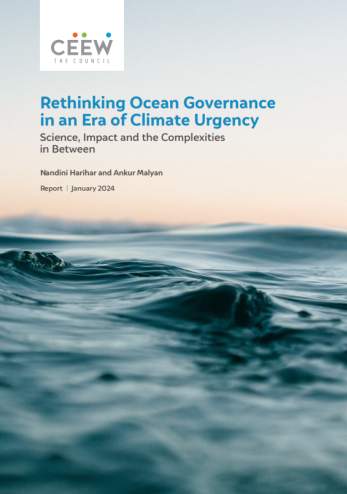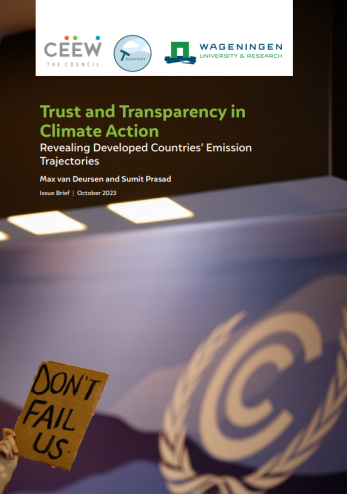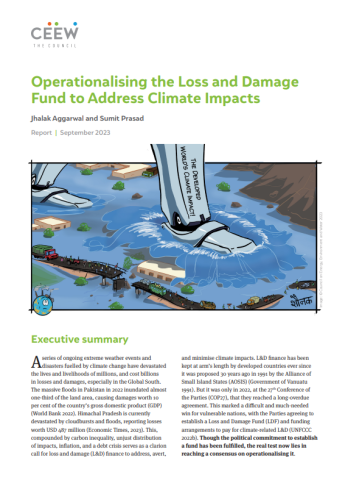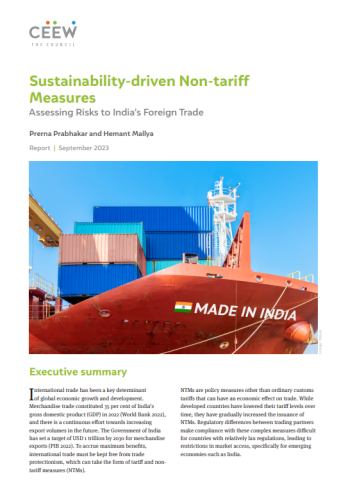



Suggested citation: Gupta, Tulika, Shuva Raha, Kedar Sawant and Alisée Pornet. 2022. Accelerating the Indo-Pacific Energy Transition, November 2022, Council on Energy, Environment and Water (CEEW), and Agence Française de Développement (AFD).
The Indo-Pacific is home to 4.3 billion people – more than half of humanity. Studies indicate that the Indo-Pacific could meet ~90 per cent of its power demand using renewables such as solar and wind, but this needs a clear and defined vision for its energy future. This paper focuses on six Indo-Pacific countries – Bangladesh, India, Indonesia, Kenya, Singapore, and Viet Nam, which collectively house a quarter of the world's population, explores the gaps in existing multilateral processes, and notes the critical requirements to accelerate the Indo-Pacific energy transition.

This Issue Brief sought to map the energy transitions of six representative Indo-Pacific countries to identify challenges, and the financial and multilateral mechanisms that can accelerate the Indo-Pacific energy transition. The key learnings are:
The Indo-Pacific contributes to ~40 per cent of global gross domestic product (GDP) and is home to ~60 per cent of the world’s population. This Issue Brief focuses on six representative countries – Bangladesh, India, Indonesia, Kenya, Singapore, and VietNam – that comprise a quarter of the world’s population and 5.6 per cent of global GDP.
The Indo-Pacific is lagging in progress on the Sustainable Development Goals (SDGs) due to a range of geopolitical, economic and physical climate risks. Energy demand in the Indo-Pacific is expected to rise from a quarter to nearly half the global demand by 2050. Reliable, affordable, and sustainable energy access is vital to development and must keep pace with escalating demand. Renewable energy (RE) can serve ~90 per cent of future Indo-Pacific power demand making RE development at scale a key priority.
This Issue Brief aims to use the lens of six selected Indo-Pacific countries to identify some of the challenges, and financial and multilateral mechanisms that can accelerate the Indo-Pacific energy transition.
The analysis in this Issue Brief reveals a need for Indo-Pacific countries to focus on five key areas:

Rethinking Ocean Governance in an Era of Climate Urgency

Trust and Transparency in Climate Action

Operationalising the Loss and Damage Fund to Address Climate Impacts

Sustainability-driven Non-tariff Measures